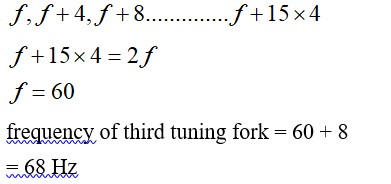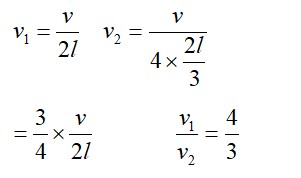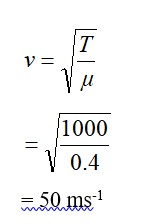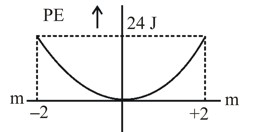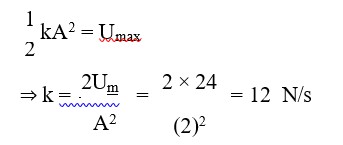15.26 Earthquakes generate sound waves inside the earth. Unlike a gas, the earth can experience both transverse (S) and longitudinal (P) sound waves. Typically the speed of S wave is about 4.0 km s–1, and that of P wave is 8.0 km s–1. A seismograph records P and S waves from an earthquake. The first P wave arrives 4 min before the first S wave. Assuming the waves travel in straight line, at what distance does the earthquake occur ?
15.26 Earthquakes generate sound waves inside the earth. Unlike a gas, the earth can experience both transverse (S) and longitudinal (P) sound waves. Typically the speed of S wave is about 4.0 km s–1, and that of P wave is 8.0 km s–1. A seismograph records P and S waves from an earthquake. The first P wave arrives 4 min before the first S wave. Assuming the waves travel in straight line, at what distance does the earthquake occur ?
-
1 Answer
-
Let and be the velocities and and be the time taken to reach the seismograph from the epicentre of S and P waves respectively.
Let L be the distance between the epicentre and the seismograph.
We have:
L = …. (i)
L = …. (ii)
It is given, = 4 km/s and = 8 km/s
From equation (i) and (ii), we get
4 = 8 or 2 …. (iii)
It is also given,
so
From equation (ii), we get, L = 8 = 1920 km
Hence, the earthquake occurred at a distance of 1920 km from the seismograph.
Similar Questions for you
The acceleration of wave is g/2. Its speed increases as it moves up. So answer is (2)
Taking an Exam? Selecting a College?
Get authentic answers from experts, students and alumni that you won't find anywhere else
Sign Up on ShikshaOn Shiksha, get access to
- 66k Colleges
- 1.2k Exams
- 680k Reviews
- 1800k Answers

